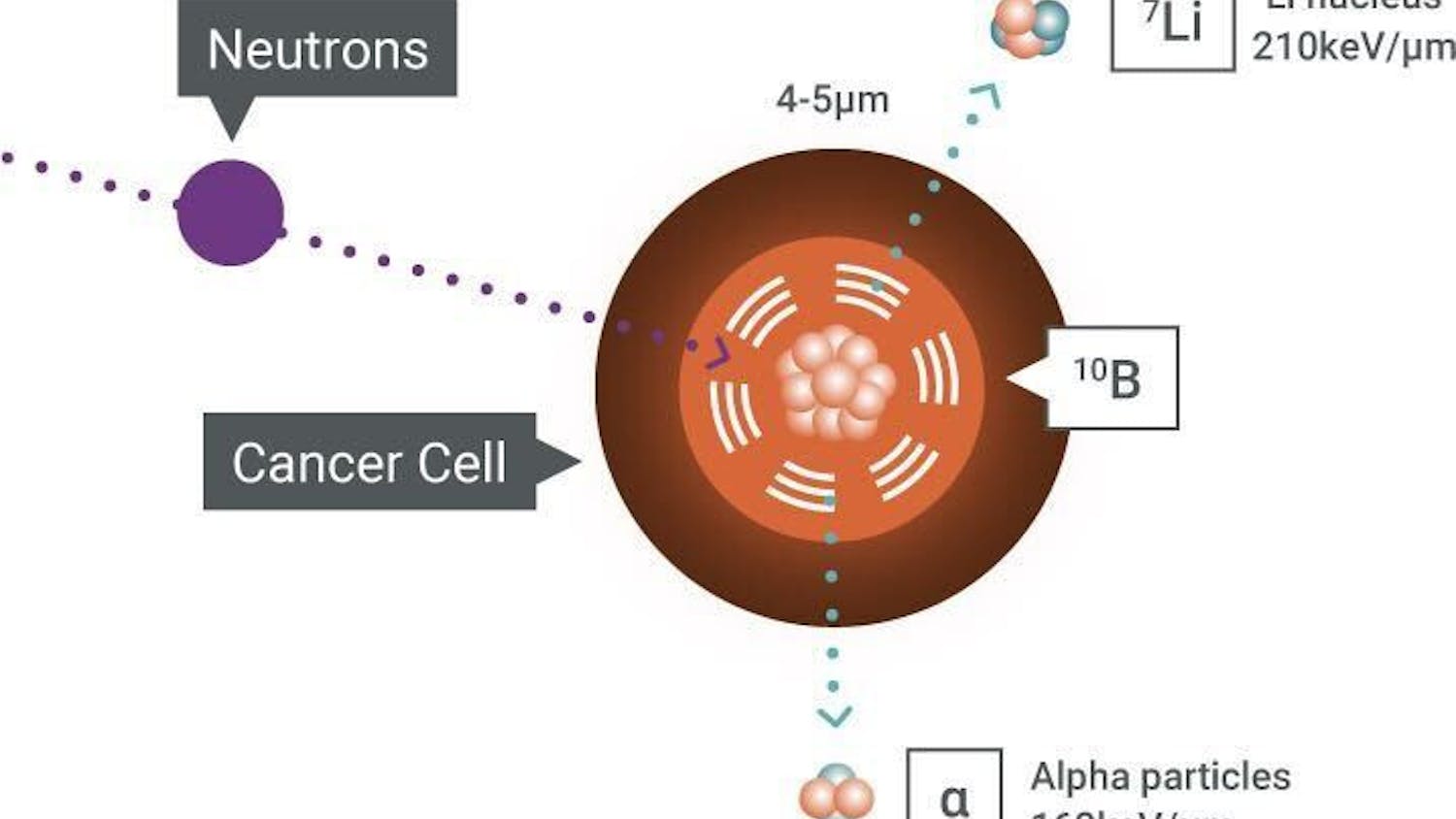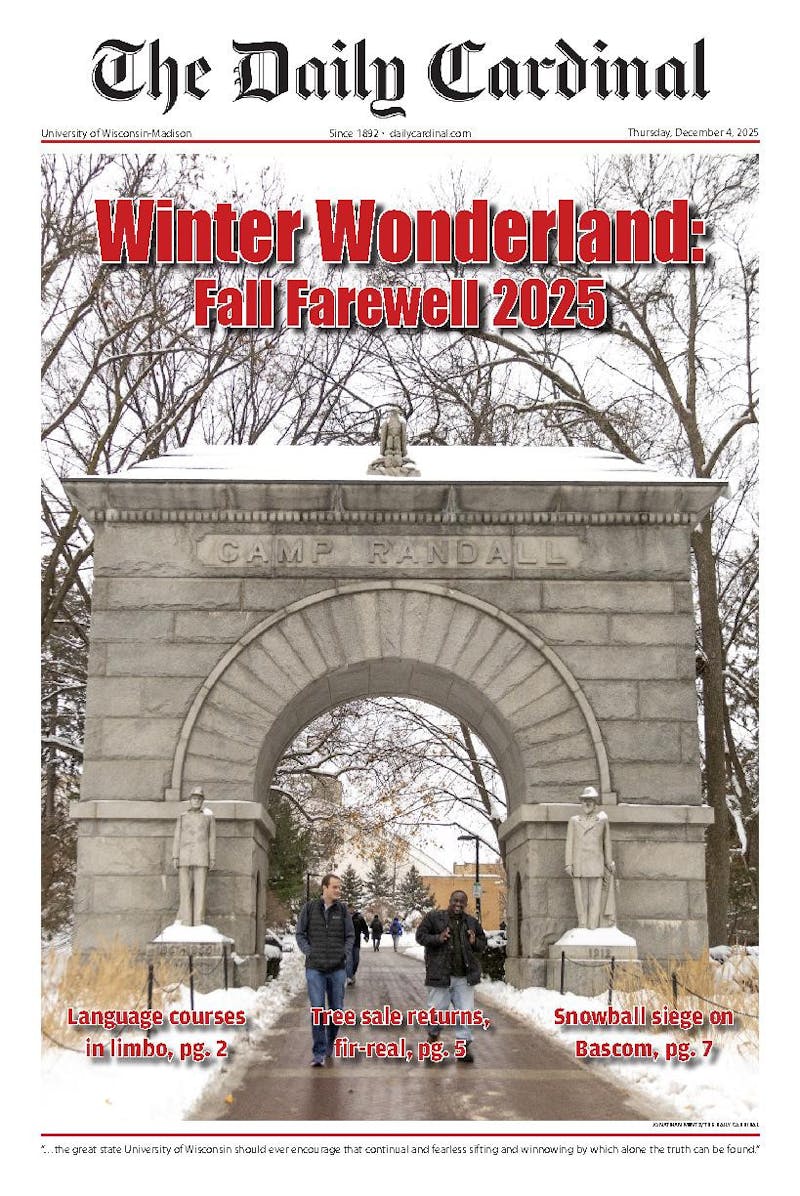A University of Wisconsin-Madison professor’s research study shows COVID-19 vaccines protect not just individuals, but their relatives, illustrating previously unknown benefits of vaccination in the wake of recent federal restrictions.
Daniel Sacks, an associate professor of risk and insurance at the School of Business, told The Daily Cardinal that the vaccinated not only protect themselves against COVID-19, but also prevent their household members from getting infected.
Sacks fills ‘indirect effect’ gap in COVID-19 vaccine research
When Sacks began his study, clinical trials revealed the direct effects of vaccination, but the indirect effects, such as protecting others, remained an open question.
“The public health guidance seemed to say that even if you were vaccinated, you might still infect other people,” Sacks said. “When we worked on the project, we realized we should also look at the protective effect for their family members.”
New FDA rules limit vaccine access, reducing benefit of indirect effects
Under Health and Human Services Secretary Robert F. Kennedy Jr.’s order, the FDA recently restricted COVID-19 vaccines for younger adults and children. Specifically, the FDA now only authorizes this year’s COVID-19 shot for individuals six months and older if they have a health condition increasing their risk of a severe infection. The drug is also approved for any adult aged 65 and older, but only after a health consultation with a professional.
While most people who previously were vaccinated remain eligible, Sacks cautioned that “there are more hoops for them to jump through.”
While the majority of vaccinations last year were administered in drugstores or pharmacies, some people may no longer be able to receive the vaccines without a doctor’s recommendation, and private insurers might stop covering the cost of the vaccine for those without eligibility.
Moreover, he argued the administration failed to account for the indirect protective benefits of vaccination.
“If a person’s motivation for vaccination is to protect others, this policy change makes it harder for them to vaccinate,” Sacks said.
Sacks also warned of potential supply issues. “Pharmacies may be a little more reluctant to buy COVID vaccines, either because fewer people want them or because insurers aren’t going to cover them,” he said.
Sacks’ methods
Across the United States, early COVID-19 vaccine rollouts caused 12-year-olds to be eligible for vaccination six months earlier than 11-year-olds. The project compared Indiana 12-year-olds to 11-year-olds, finding vaccination reduced the incidence of COVID-19 by 80%.
Sacks and his team found vaccines provided strong protection for those who received them, with an observed protection rate of 80%, albeit lower than rates reported in NIH clinical trials.
Vaccinated individuals also reduced the likelihood of infection among members of their household, showing the benefits of vaccination extend beyond the individual. COVID-19 incidence rates in household members of the 12-year-olds decreased by 60% compared to household members of 11-year-olds.
However, this indirect protection did not appear in school settings.
Sacks’s study also compared middle school 5th graders, who attended schools with vaccine-eligible children, to 5th graders in elementary schools without vaccine-eligible peers. Unlike with household members, the effects of vaccination on other students’ incidence rates were negligible, which the study attributed to children mixing less within schools than within households.
“[Vaccines] seem to be especially protective in close-contact environments — not so much for people in distant school classrooms,” Sacks said.
He said more research is needed to fully understand why these effects differed.






